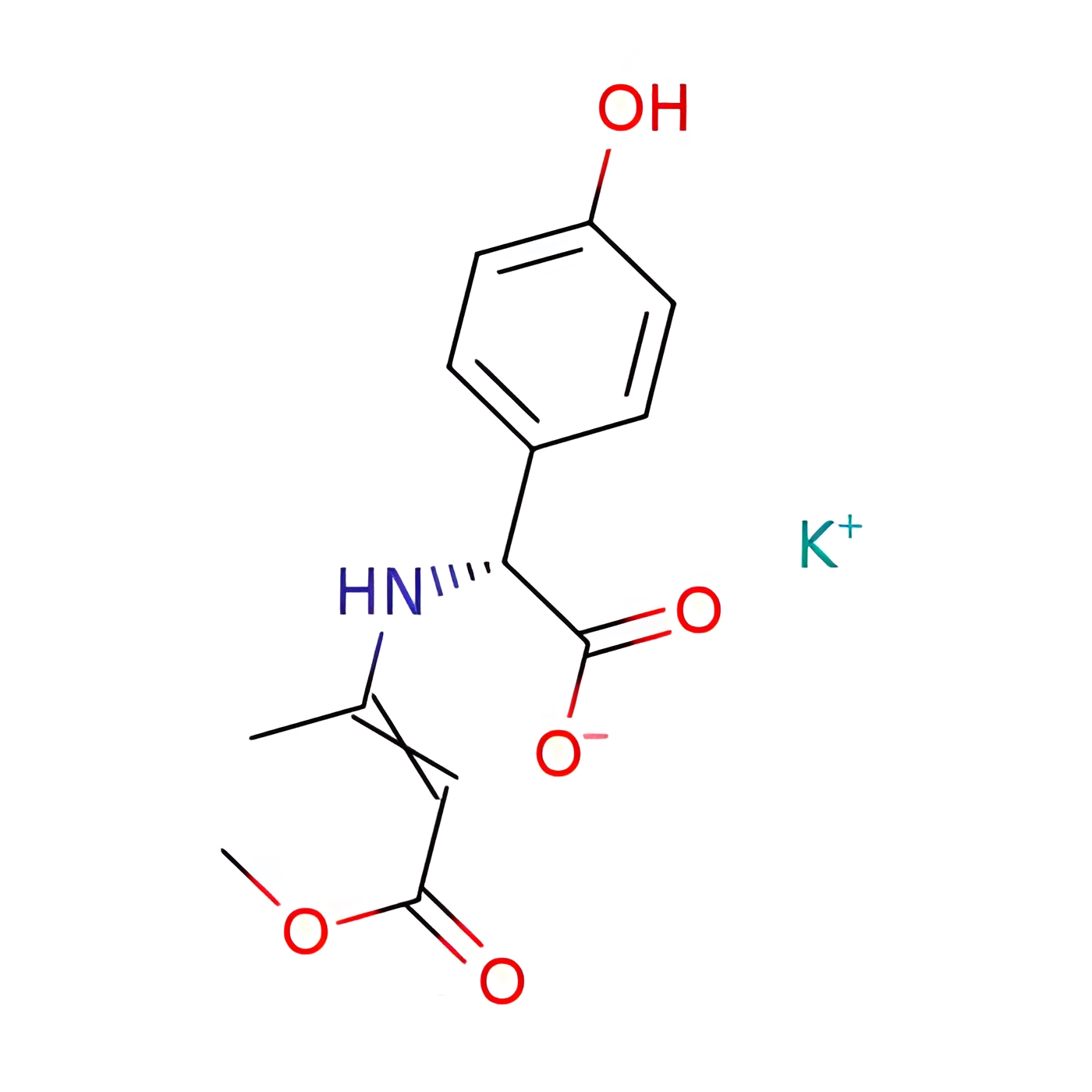
Products
Pyrimidine-2,4(1H,3H)-dione

Synonyms:Uracil
Chemical Property of Pyrimidine-2,4(1H,3H)-Dione
● Appearance/Colour:white powder
● Vapor Pressure:2.27E-08mmHg at 25°C
● Melting Point:>300 °C(lit.)
● Refractive Index:1.501
● Boiling Point:440.5°C at 760 mmHg
● PKA:9.45(at 25℃)
● Flash Point:220.2oC
● PSA:65.72000
● Density:1.322 g/cm3
● LogP:-0.93680
● Storage Temp.:+15C to +30C
● Solubility.:Aqueous Acid (Slightly), DMSO (Slightly, Heated, Sonicated), Methanol (Slightly,
● Water Solubility.:SOLUBLE IN HOT WATER
● XLogP3:-1.1
● Hydrogen Bond Donor Count:2
● Hydrogen Bond Acceptor Count:2
● Rotatable Bond Count:0
● Exact Mass:112.027277375
● Heavy Atom Count:8
● Complexity:161
Useful
Chemical Classes:Biological Agents -> Nucleic Acids and Derivatives
Canonical SMILES:C1=CNC(=O)NC1=O
Recent ClinicalTrials:Study of 0.1% Uracil Topical Cream (UTC) for the Prevention of Hand-Foot Syndrome
Recent EU Clinical Trials:Onderzoek naar de farmacokinetiek van uracil na orale toediening bij pati?nten met colorectaal carcinoom.
Recent NIPH Clinical Trials:A phase II trial of uracil ointment for the prevention of capecitabine induced hand-foot syndrome (HFS): .
Uses:For biochemical research, drugs synthesis; being used as pharmaceutical intermediates, also used in organic synthesis Nitrogenous base on RNA nucleosides. antineoplastic In biochemical research. Uracil (Lamivudine EP Impurity F) is a nitrogenous base on RNA nucleosides.
Description:Uracil is a pyrimidine base and a fundamental component of RNA where it binds to adenine via hydrogen bonds. It is converted into the nucleoside uridine through the addition of a ribose moiety, then to the nucleotide uridine monophosphate by the addition of a phosphate group.
Detailed Introduction
Uracil is an organic compound that belongs to the family of pyrimidine derivatives. It is a heterocyclic aromatic molecule consisting of a pyrimidine ring with two neighboring nitrogen atoms. Uracil has the chemical formula C4H4N2O2 and a molecular weight of 112.09 g/mol.
Uracil is one of the four nucleobases found in the genetic material of RNA (ribonucleic acid). It plays a crucial role in protein synthesis and gene expression. In RNA, uracil pairs with adenine via hydrogen bonding, forming two hydrogen bonds, and this base pairing helps to encode the genetic information.
Uracil can also be found in some other important biological molecules. For example, it is an essential component of the energy-carrying molecule called ATP (adenosine triphosphate). Uracil derivatives, such as 5-fluorouracil, have been used as anticancer agents due to their ability to interfere with DNA replication and cell division.
In addition to its biological significance, uracil has various chemical and industrial applications. It is used as a starting material for the synthesis of pharmaceuticals, agrochemicals, and dyes. Uracil derivatives are also employed in the production of herbicides and fungicides. Furthermore, uracil can be used as a marker in analytical chemistry and as a tool in molecular biology research.
Uracil is a white crystalline solid that is sparingly soluble in water. It is stable under normal conditions but can undergo chemical reactions, such as oxidation and substitution reactions, under specific conditions. The compound has a melting point of 335-338°C and a boiling point of 351-357°C.
Overall, uracil is a vital component in the biological processes of RNA and has important applications in both the biological and chemical industries.
Application
Uracil has several applications in various fields, including:
Pharmaceutical Industry: Uracil and its derivatives have been used to develop drugs for various purposes. For example, 5-fluorouracil is a commonly used chemotherapy drug to treat certain types of cancer. Uracil-based antiviral drugs, such as idoxuridine and trifluridine, are used to treat viral eye infections.
Agriculture: Uracil derivatives are used in the production of herbicides and fungicides. These compounds help control the growth of weeds and protect crops from fungal infections.
Analytical Chemistry: Uracil is often used as a chromatographic marker or internal standard in analytical chemistry methods. It can be used as a reference compound to determine the retention time and to quantify other compounds in a sample.
Molecular Biology Research: Uracil is utilized in various molecular biology techniques, such as polymerase chain reaction (PCR), DNA sequencing, and site-directed mutagenesis. It serves as a template for DNA synthesis or as a component for creating specific mutations in DNA sequences.
Food Industry: Uracil is occasionally used as a flavor enhancer in the food industry, particularly in the production of processed foods and beverages.
Cosmetics: Uracil derivatives are used in cosmetic products for their moisturizing and skin-soothing properties. They might help improve skin hydration and protect against environmental stressors.
Research and Development: Uracil is also employed in biochemical and pharmaceutical research as a reagent or intermediate for synthesizing other compounds with biological activity or for studying nucleic acid metabolism.
Uracil's wide range of applications demonstrates its significance in fields such as medicine, agriculture, chemistry, and biotechnology. Researchers continue to explore new ways to harness its properties for further advancements in these areas.









